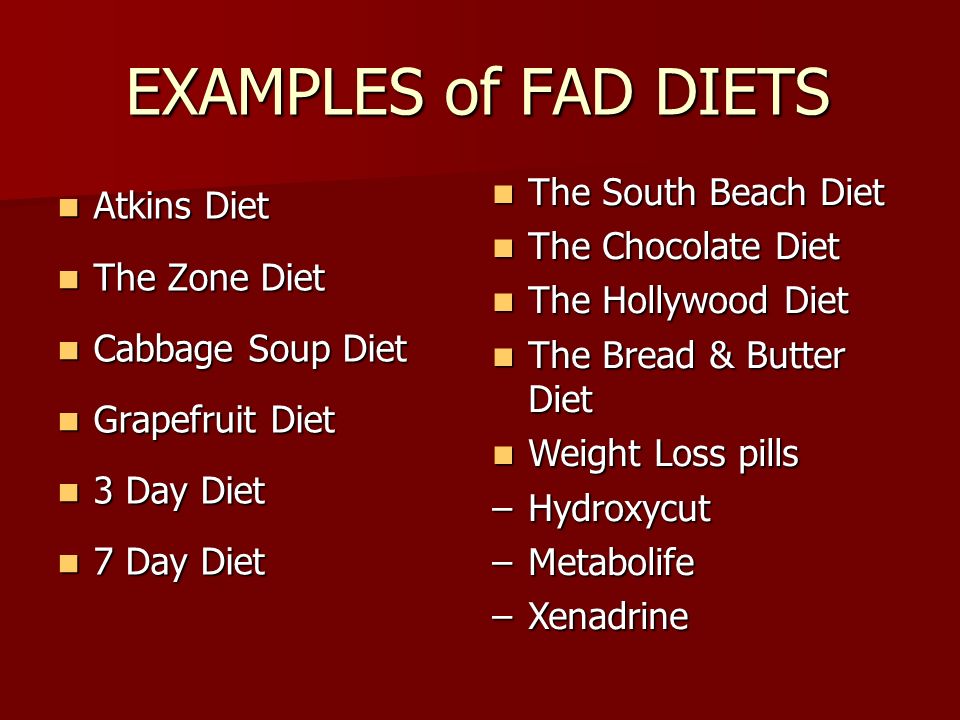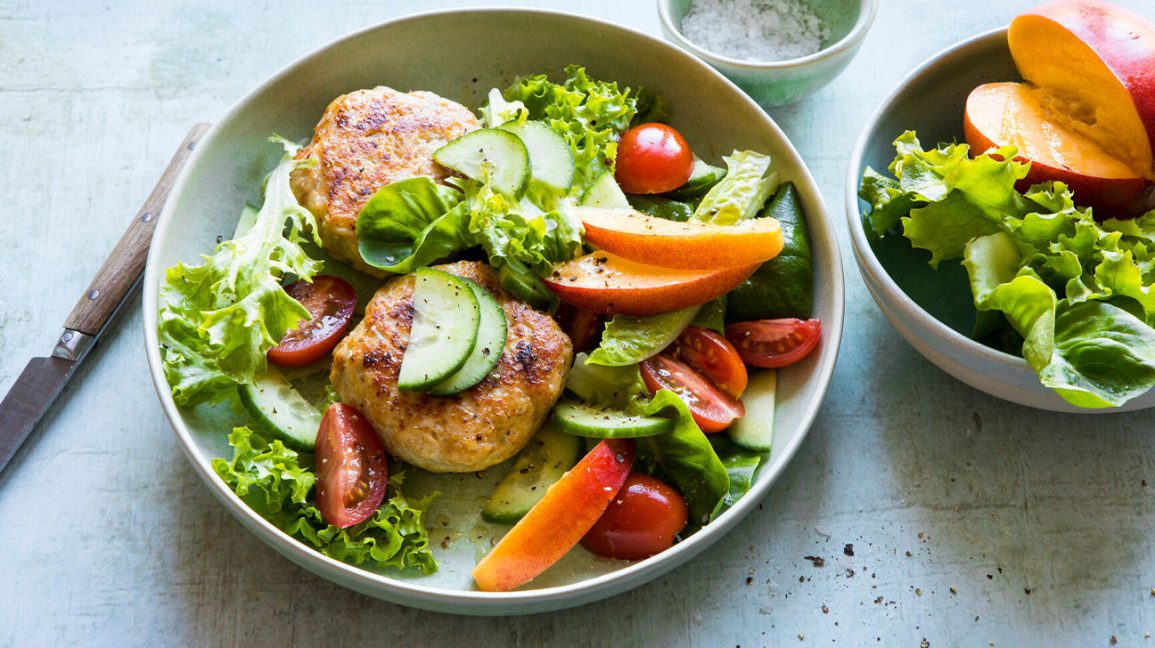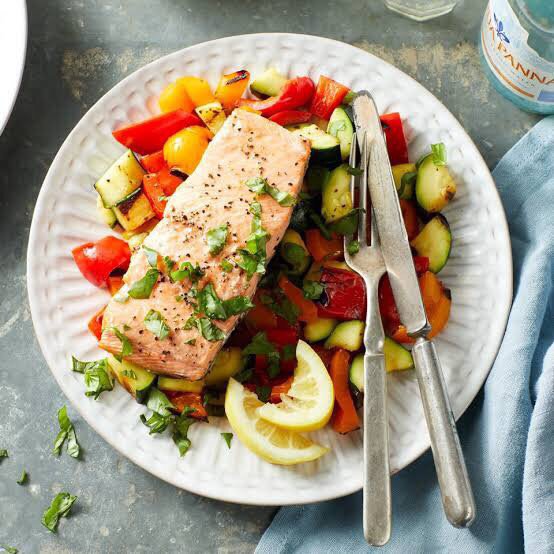
Low-carb Paleo Diets are not for everyone. Many nutrition and diet myths are still being perpetuated by doctors. These diets have many benefits. Learn more about the health-promoting benefits of Paleo. The best diet for you depends on your individual health needs. Before you decide to start a low carb diet, read this article. Here are some questions that you may have.
It reduces inflammation
Paleo was developed with one goal in mind: To reduce inflammation in the body. This conversation is often centered around specific nutrients or foods that could trigger inflammation. People are very familiar with carbs and how they can affect inflammation. What makes a low-carb diet so anti-inflammatory and what are the benefits? These are some tips to help you reduce carb intake and reap the benefits of a low carb diet.
Despite the many benefits of the Paleo diet, there is still a lack of research on its effectiveness for people with Hashimoto's disease. You should consult your doctor to ensure that you're getting the right treatment. However, studies have suggested that the diet is helpful for managing symptoms of chronic illnesses, such as Crohn's disease, ulcerative colitis, and rheumatoid arthritis. While more research is necessary, there is evidence that it may be able to help with diseases like Crohn's, ulcerative colitis and rheumatoid.
Triglycerides

The Paleo Diet is often promoted as a weight loss plan. However, there aren't as many studies on the impact of Paleo Diet on triglycerides as you might think. Low-carb diets tend to raise cholesterol levels and increase triglycerides, but other studies show that these diets improve heart health. Triglycerides, a fat-based fuel, are stored within fat cells.
Triglycerides are the primary component of body fat and are produced by the conversion of calorie intake to fatty acids. These are stored as fat cells and released when they are needed. Excessive triglycerides, known as hypertriglyceridemia, can cause adverse effects on the cardiovascular system. A low-carb diet can help lower triglycerides.
People who ate a high fat, low-carb diet saw significant decreases in their triglycerides, according to a study. Their total cholesterol levels fell by 13%. This low-carb diet was safe for obese and overweight people, and in this study, the participants lost a mean of 10 pounds while experiencing no adverse side effects. For 24 weeks, overweight adults went on a long-term ketogenic diet. The results showed that there were lower triglycerides, a reduction in body weight and BMI, as well improved blood glucose and LDL levels.
Blood pressure
Many Paleo advocates are worried about the possible negative effects of low-carb diets on blood pressure. Healthy eating can lower blood pressure. This is possible by replacing processed foods and increasing intake of whole foods. Low-carb diets do not cause orthostatic hypertension. This is a condition many people are concerned about. Here are some tips on how to lower blood pressure with a Paleo diet.

One study suggests that low-carb dieting is more effective in treating high bloodpressure than traditional weight-loss strategies. Although the results are not conclusive this can be mentioned that it has been shown in studies to lower blood tension without causing significant weight gain. A Paleo diet can also improve glucose tolerance, insulin secretion, lipid profiles and cholesterol levels. Moderate weight loss with the paleo diet can lower the risk for high blood pressure, obesity, and improve glucose tolerance.
Weight
Paleo isn't a new idea. Although it has been around for decades, it really gained popularity during the 2000s, when athletes and crossfitters started using it to fuel their performance. Today, there are many food companies offering paleo-friendly products. What exactly is it? What can it do for your body? What are the benefits of it for weight loss? Continue reading to learn more. This article will explain the pros and cons of a paleo-diet.
Mixing carbs and fat triggers reward circuits within the brain. Combining carbs with fat causes the body to store more calories. The combination is also very palatable, which makes it easy to put on excess pounds. This can be countered by limiting your intake of sugar, grains, as well as harmful vegetable oils, on the paleo diet. Instead, eat whole foods that are natural and reduce the amount of processed food.
FAQ
How can I be motivated to cook?
Cooking is fun when you share food with family and friends. It is easier to cook for yourself than for others. You can be inspired to cook if you try something new. You will be able to learn new techniques and ingredients. Also, you can use recipes from different cultures to expand your culinary knowledge.
How do I learn about cooking and baking?
Cooking classes are available throughout the country. Many schools offer courses on baking, pastry, or wine tasting. If you're interested in learning more about baking, you can either enroll at a community college or vocational school. Or you can attend a private class.
How can I be hired as a chef?
A word of mouth referral can lead to a job as cook. Your friends and family members might know of a restaurant that needs additional staff. There are often openings posted on websites and bulletin boards.
How can I learn how to cook like a professional chef?
Cooking is one way to be a better cook. It is a great way for self-confidence to learn how to cook healthy food. You can learn to cook at home if your goal is to become a good cook. First, find out which recipes appeal to you. Next, you should read books on different cuisines, like Mexican, Chinese, and Italian. Finally, make sure you practice different recipes until you feel confident.
What are some basic cooking skills?
Basic cooking skills include knowing how to read recipes, measure ingredients, cook food safely, and clean up after yourself. These skills are essential if you wish to cook well for yourself. Cooking is an excellent way to save money because you don’t have the need to eat out as often.
Statistics
External Links
How To
How to make a perfect Omelette
Omelets are one of my favorite foods to eat at breakfast. How do you make them perfect? Many different recipes and methods have failed to work for me. So I am sharing some tips and tricks today to help you make fluffy, delicious omelets every morning.
When making omelets, it is important to be aware that eggs can be temperamental. The eggs must be fresh from an organic source and kept at room temperature until they are ready to be cooked. You must keep them cool enough to allow the whites to form properly and the yolks to become too runny if they're not kept at the right temperature. This makes your omelets look weirdly colored. If you want to make omelets right away, it's best not to use eggs that are too cold.
You can also separate the egg before you add it to the pan. Because this could cause your omelet to become curdled, you don't want any yolk to be mixed with any white.
If you add the egg directly onto the stovetop, you might end up burning the bottom part of the egg, which would ruin the texture of your omelet. Instead, place the egg in the microwave for 10 second before you put it in the skillet. The microwave heat cooks the eggs just right without overcooking them.
Let's now talk about mixing eggs. Mix eggs well together. You need to turn the bowl of the mixer upside down. Then, vigorously shake the bowl. This allows the air to be whipped and the egg to be mixed thoroughly.
The fun part is now - adding the milk to the mixture. The first step is to pour half of the milk in the beaten eggs. Next, fold the eggs into the remaining milk. Don't worry if there are still streaks of egg visible; these streaks will disappear once you flip the omelet.
After you have folded your eggs, heat up the oil on medium heat. Wait for it to get hot. Once the oil begins to heat, add 1/4 cup butter and swirl the pan to coat it. Now carefully crack open the lid of the pan and sprinkle salt into the pan. A pinch of salt will help prevent the omelet from sticking to the pan.
Cover the pan once you have formed the omelet. Wait for the top to set. Flip the omelet upside down or with a spatula. Cook the second side for a minute or so. Take the omelet out of the pan and immediately serve.
This recipe works best when you use whole milk.